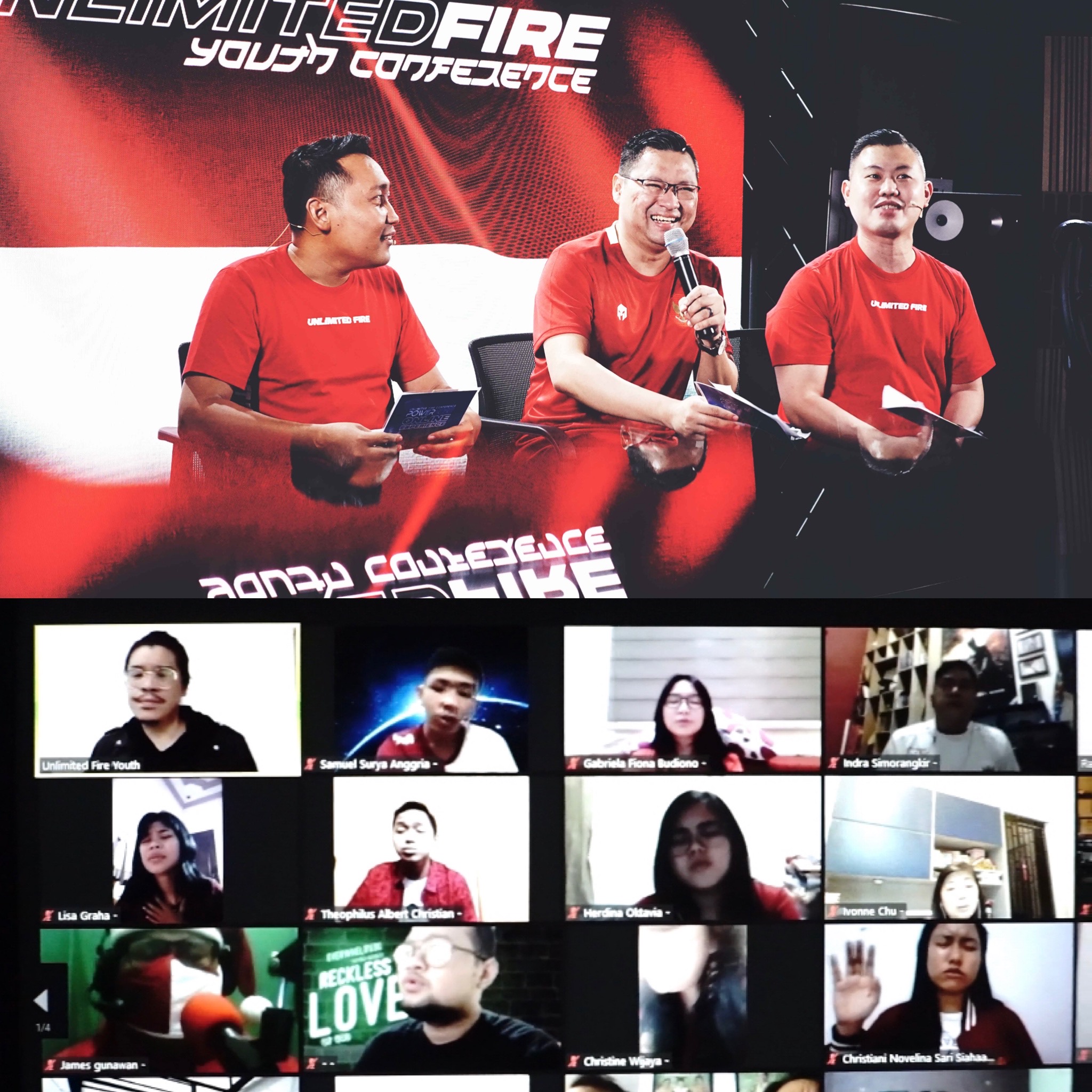Posted: January 3, 2021
Gathering in person was limited or restricted around the world in 2020. Many congregations moved their services online, using this virtual means of connection. These trends will continue in 2021 and beyond.
In-person events provide many small ways to interact; online events offer even more tools, but they need to be implemented intentionally. Online users expect a personalized experience.

Here are some tips to deliver a rich experience.
- Do something different. Don’t just broadcast your normal service. This is a different way of gathering – it demands its own ways of interacting.
- Engage your viewers. The most important thing in online events is keeping viewers’ attention. Reach out to them virtually. Offer ways to participate.
- Keep live chat alive. Your social media administrators are the “ushers” of the church. They keep viewers engaged by asking probing questions, responding to comments and displaying key points that viewers can copy/paste onto their own social media feeds.
- Provide contact information. Always put links and contact details in the description box of the broadcast and invite viewers to use them. E.g. Is this your first time attending our event? Do you need prayers? Do you want to talk to someone? Contact us on ____
- Use breakout rooms. On platforms like Zoom, you can provide a link to join a private breakout room with a facilitator. This is great for counselling, altar call follow-up and private prayer support.
- Apply data insights to improve. What are the most engaging parts of the broadcast? At what point does participation/viewership dwindle? Where are your viewers coming from? What time of the day is your platform busiest? Use these data from platforms like Instagram, Facebook, Google Analytics, YouTube, Zoom to improve on your events. What happens if you change the sermon length? Does viewership go up if you select a different time slot? etc.
- Follow up. Reply to comments and send direct messages to keep followers engaged. It’s laborious, but you need to continue building relationships. Train staff and volunteers to use chat apps like WhatsApp for 1:1 follow up or small group discussion.

In summary, make the virtual experience as personal and engaging as possible.
Over the ages, churches have adapted to changing expectations and needs. Today’s adaptation to online services won’t be the last innovation.
Once church doors open again without restrictions, congregations can continue to use the online tools learned in this time to reach the wider community.
—Tips from pastor Anton Sidharta, from JKI (Jemaat Kristen Indonesia) Maranatha, Indonesia.


Join the Conversation on Social Media
FacebookTwitterInstagramFlickrYouTube